Green Ammonia Case Study
Published June 2024
This Case Study was developed following Frame’s 2023 Pre-Investment Considerations: Diving Deeper into Assessing Future Greenhouse Gas Impact. Frame has since released its updated Project Frame GHG Impact Methodology, with further guidance.
This fictional Case Study on green ammonia was developed by the 2023-24 Project Frame Content Working Group to advance the practice of forward-looking emissions impact assessment by showcasing different approaches and tools.
Impact Assessment Summary
Green Ammonia NewCo has developed a novel, high-efficiency direct-to-ammonia electrochemical pathway. This technology could displace both the fossil-based Haber- Bosch process and conventional electrolysis in the ammonia production market.
Our analysis concludes that the technology could have a 2 gigaton scale impact cumulatively by 2050 in the base case. Note that this is a speculative evaluation and results are reflective of the large-scale deployment into the global ammonia market modeled.
Analysis Summary
Constructing a forward-looking GHG impact analysis necessitates several subjective decisions, including determining the necessary granularity of the analysis. The extent of detail in such analyses often depends on available resources; few firms possess the means to routinely conduct highly detailed analyses. Conversely, overly simplistic calculations carry the risk of undermining the analysis value entirely. Therefore, a balanced approach is required. This case study attempts to offer such a middle-ground approach. The accompanying commentary aims to offer additional context on the methodology used in constructing this analysis.
Note that an analysis may look different based on the goals of the investor using the analysis. An investor may have underwriting criteria that require clearing certain thresholds for potential GHG impact. These criteria would dictate a certain scope of analysis (planned, potential, timescale, etc.). Alternatively, an investor could intend to show the report to LPs, or use it as a tool to guide decision-making for the startup (e.g. which of these potential markets for a platform technology is most impactful).
About the Project Frame Content Working Group
The Project Frame Content Working Group aims to build consensus around the terminology, methodologies, and best practices for investors dedicated to assessing and reporting forward-looking emissions impact. It includes subgroups focused on methodology guidance, courses, and case studies.
The 2023-24 Case Study Working Group includes Aurora Ginzburg (Rho Impact), Daniel Valenzuela (World Fund), Emre Gençer (SESAME), Irina Markina (Ara Partners), Jean-Baptiste Curien (Nysnø Climate Investments), Kavita Patel (MUUS Climate Partners), Elena Stark (AENU), Michael Solomentsev (Prime Coalition), Sam Levac-Levey (Starshot Capital), Sophie Bruusgaard Jewett (MoreScope), Sultan White (Prime Coalition), Yi Jean Chow (Clean Energy Ventures)
Project Frame invites investors to share their own examples and provide feedback to help us improve our case study format and impact assessment guidance by reaching out to impact@primecoalition.org.
Project Frame is not a regulatory body, nor should its content be considered financial advice. Methodology guidance produced by Project Frame represents our contributors’ consensus and no one singular entity. Our work is intended for readers to review and use their best judgment to accelerate GHG mitigation with transparency and accountability.



